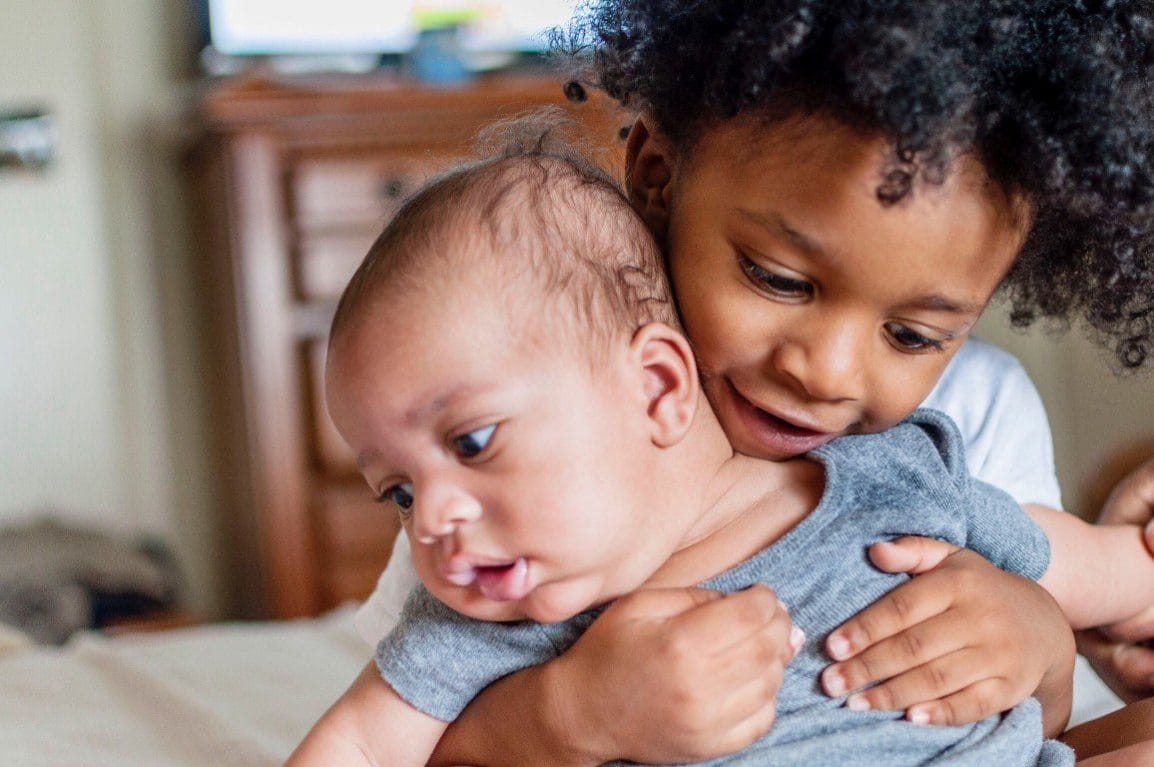Montessori at home: Why we don’t force kids to say ‘I’m sorry’

Twenty20 / @dominicka
How do you teach children how to really make amends, see what they did wrong and have empathy for others?
Have you ever seen a kid push someone, glance up to see if an adult saw, then shout “Sorry!” in a sing-song, anything-but-sorry voice, and run away?
It’s pretty clear this does nothing to help the injured child, or to convey any sort of lesson to the aggressor. But what else can you do? How do you teach children how to really make amends, see what they did wrong and have empathy for others?
There is another way and it’s surprisingly straightforward.
If you want to teach children to resolve conflict beyond the hollow “I’m sorry,” try this simple process that Montessori teachers use.
The role of an adult in Montessori conflict resolution is to be a neutral mediator, to ask questions to guide the children in sorting through their feelings and talking to each other. With practice, the children do as much of the resolution on their own as possible.
First, separate the children
If the conflict is violent, the first step is to separate the children so that no one gets hurt. This is done firmly, but without anger. Keeping your own emotions out of it can be hard but remaining as neutral as possible keeps the focus on the children, and helps them feel safe to talk about their feelings and to be honest about what happened.
When the children are relatively calm and in control, they are ready to talk to each other.
Then ask questions: “What happened? How do you feel?”
Start by asking each child what happened. Then ask him how he feels.
Repeat what he said to make sure you understand and that it’s clear to the other child. “You feel sad because Johnny said he wouldn’t play with you and then pushed you.”
Then give the other child a turn,“Johnny, you feel annoyed because Timmy was following you around the playground and poking you.”
What could you have done differently?
Instead of doling out a punishment, ask the children what they could have done to handle the situation more appropriately. hey may need help coming up with answers, especially at first, You may need to give them a few alternatives for how they could have responded.
For example, you could say, “Johnny, pushing is never okay. You could have asked Timmy to stop following you or asked me for help when he was poking you. Timmy, you could have asked Johnny to play with you instead of chasing him.”
With time, the children will be increasingly able to do this on their own.
What do you need to feel better?
Many times, the children will be calm after this conversation. Sometimes though, someone will still be hurt or upset. You may ask them, “What do you need to feel better?”
Children often request a hug or sometimes a drink of water or an ice pack if they got hurt. It helps both parties feel better if the children help each other with whatever they need.
Altogether, we call this an “I message”— I feel…when you…and I want…It is a simple formula, but it helps children focus on expressing themselves and how they feel, instead of just hurling accusations.
But what about punishment?
You may notice that there was no mention of punishment in this resolution. Montessori focuses on natural consequences rather than punishment. Often, there will be no need for consequences outside of the conflict resolution, but if someone is acting unsafe or repeatedly breaking the rules, there may be a need for additional consequences.
For example, “Johnny, that’s the second time you’ve hurt someone on the playground today. I can’t trust you to be safe right now. You need to stay with me until you can be safe.”
What about apologizing?
While Montessori teachers don’t generally force apologies, being willing and able to apologize when you’re really sorry is still a great life skill that children can practice. Instead of making your child apologize, try modeling it for them.
Practice apologizing to your child, or to your partner in front of your child. Giving them this model will go much further than making them say “I’m sorry.”
You can also try asking your child if they want to apologize if you can tell they’re upset about something they did. Help them work through the words they could use and how it might help them, and the other person, feel better. Some children might be more comfortable writing an apology note.
There is certainly a place for apologies, but children’s conflicts offer an opportunity for so much more. Let’s slow down and give them the tools they need to talk through disagreements, express their feelings and be peaceful people in a world that so desperately needs it.





































